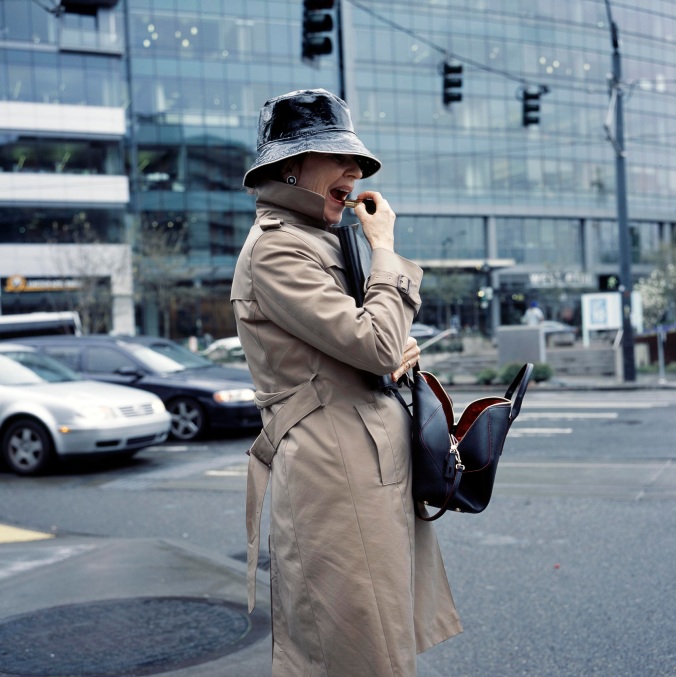An oft-forgotten fact about Ad Reinhardt, the American artist best known for his black monochrome paintings, is that he was an avid photographer who made a practice of presenting his pictures in slideshow format. Throughout the 1950s and ‘60s, he showed hundreds of slides from his travels to his colleagues and to Hunter College students in rapid-fire succession. Reinhardt grouped images by formal and compositional qualities irrespective of geography or culture, hoping to overpower viewers’ capacity for identification and to induce a new way of looking. Long attention spans, Reinhardt thought, were in increasingly short supply. In the face of a mounting onslaught of modern distractions, only time and patience would reward the diligent observer.

In terms of photographic technology, a lot has happened since Reinhardt’s presentations, but his ideas about an image’s ability to condition and edify its audience are not out of date. Last Saturday evening, a living room slideshow also sought to provide a counterpoint to the normal circumstances of contemporary art production and consumption. It was a festive conclusion to photographer Samuel Budin’s month-long stay at Room & Board, an “experimental residency” run by IFA doctoral student Julia Pelta Feldman. For a month, Budin lived at Feldman’s home in Williamsburg; while saving a month’s rent (no laughing matter in New York), Budin worked closely with Feldman to finalize the exhibition Northwestern Chromes and Other Chromes, a two-part documentation of his travels in the Pacific Northwest.








